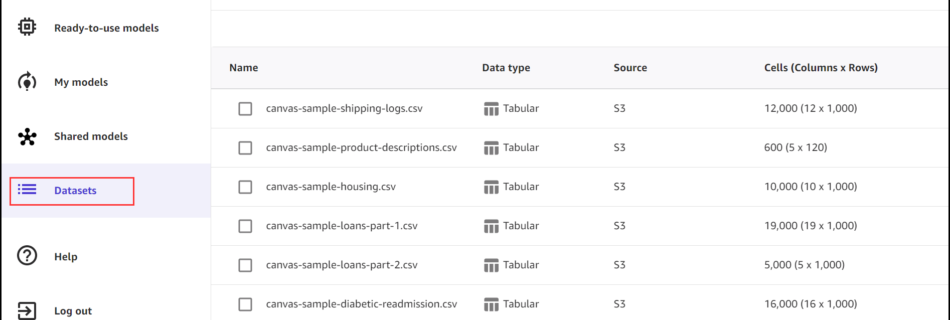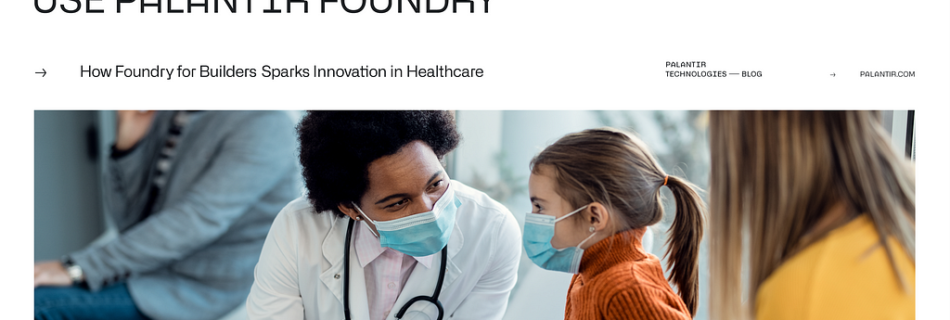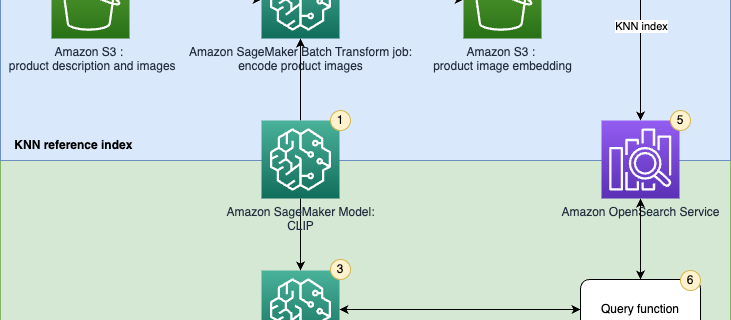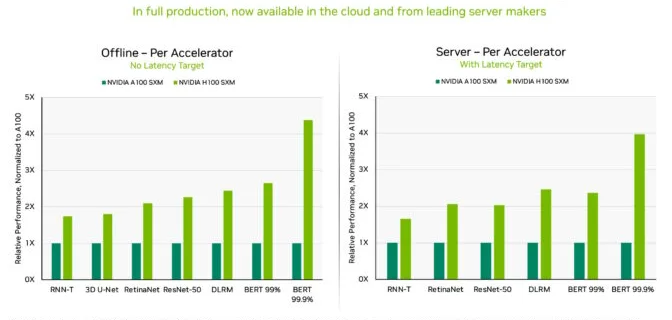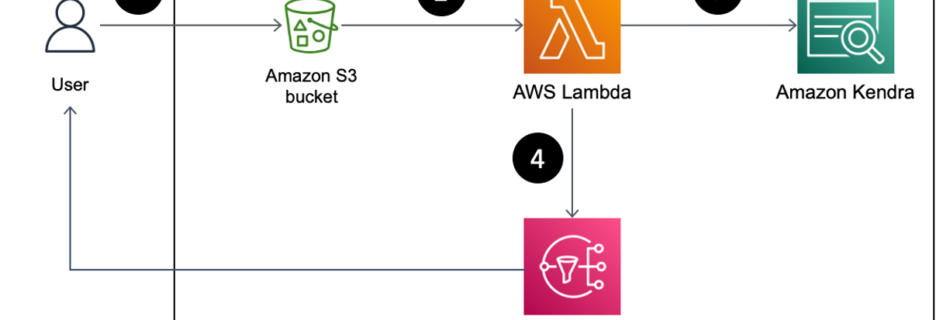How Project Starline improves remote communication
Posted by Greg Blascovich and Eric Gomez, User Researchers, Google As companies settle into a new normal of hybrid and distributed work, remote communication technology remains critical for connecting and collaborating with colleagues. While this technology has improved, the core user experience often falls short: conversation can feel stilted, attention can be difficult to maintain, …
Read more “How Project Starline improves remote communication”

